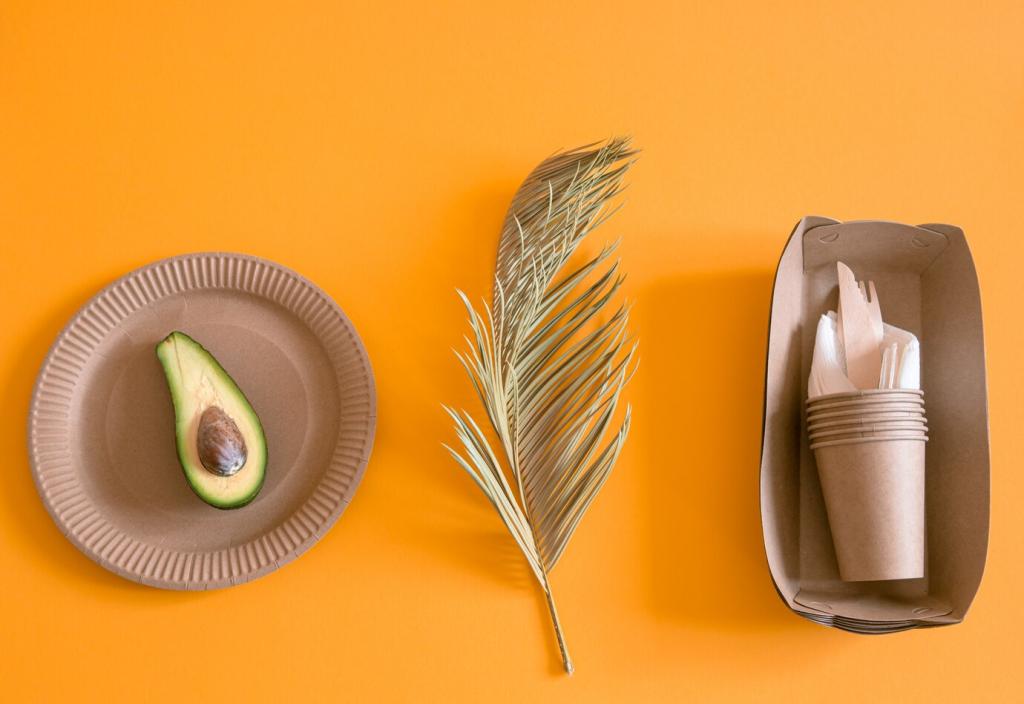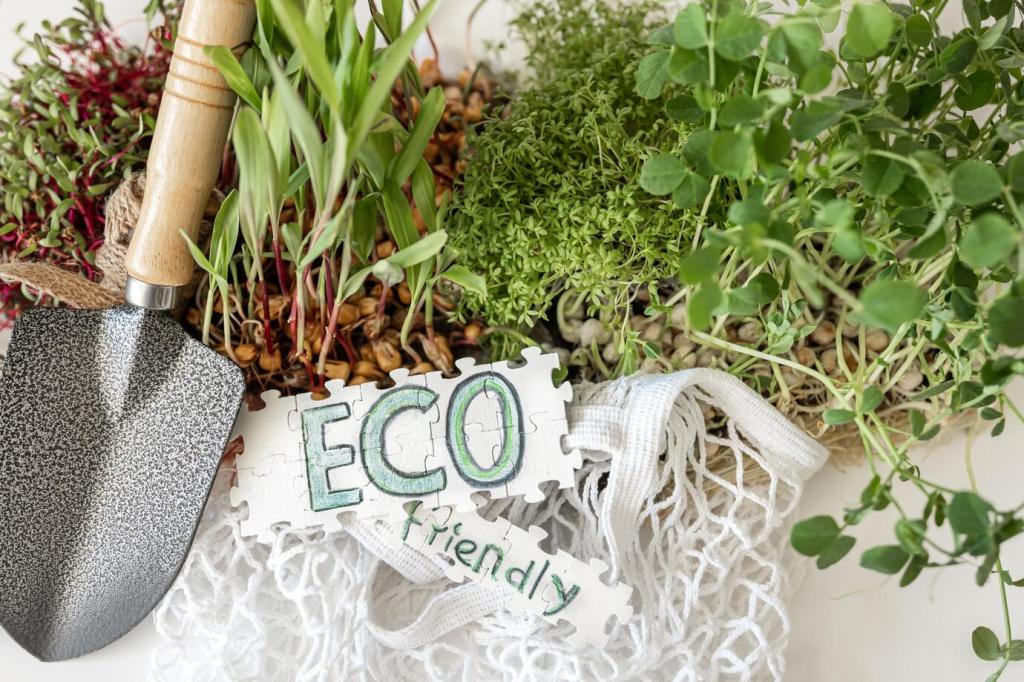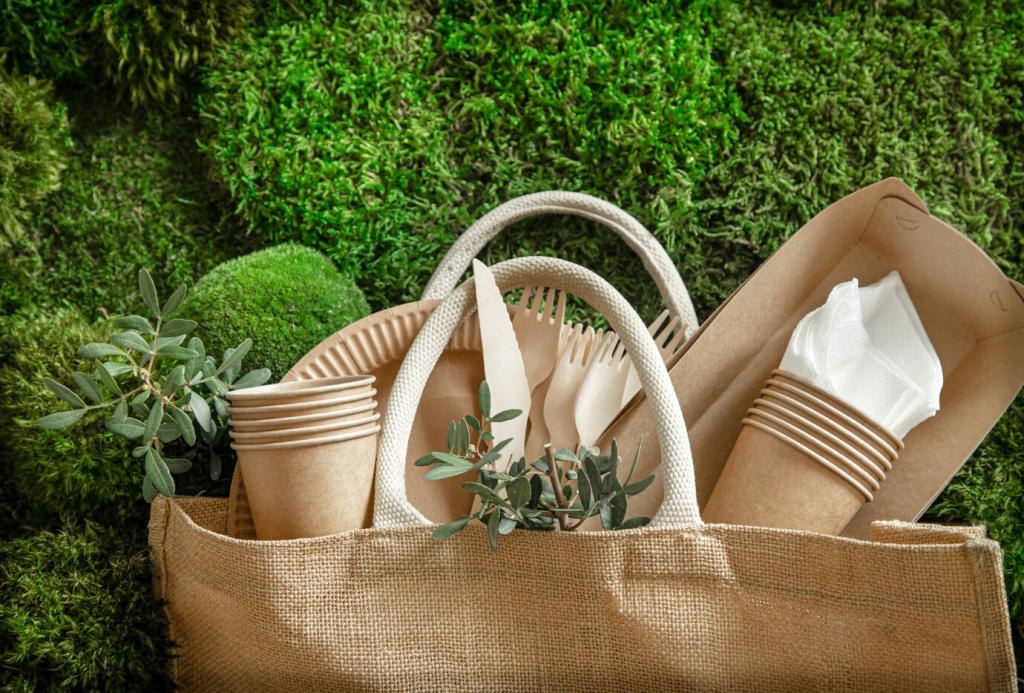Chosen theme: Creating an Eco-Friendly Garden. Step into a welcoming, low-impact gardening journey where soil thrives, water is cherished, wildlife feels at home, and every small choice adds up. Join us, share your wins, and subscribe for gentle weekly inspiration.
Balance browns and greens, keep it as damp as a wrung‑out sponge, and turn when it smells musty. One summer, a neighbor’s banana peels transformed into black gold that powered the sweetest tomatoes. Tell us your compost breakthrough below.

Water Wisdom: Harvest Rain and Irrigate Efficiently
A 50‑gallon barrel with a downspout diverter and first‑flush screen collects clean water fast. Check local guidelines before installing. After a summer storm filled ours in an hour, we watered herbs for weeks. Subscribe for a step‑by‑step setup guide.
Plant Native, Grow Biodiversity
Choose regionally native keystone species that feed the most wildlife. Goldenrod, native asters, and oaks are powerful in many places. Ask local nurseries for verified natives. Tell us your region and your top native pick to help fellow readers.


A Pesticide‑Free Pledge
Skip neonicotinoids and broad‑spectrum sprays that harm pollinators. Practice integrated pest management: handpick, trap, and encourage predators first. We posted a simple pledge on our shed door. Add your name in the comments and inspire a neighbor.

Flowers That Feed from Spring to Frost
Plan continuous bloom: early crocus and willows, midseason lavender and coneflower, late sedum and asters—ideally native. Diversity nourishes diverse pollinators. Share your bloom calendar, and we’ll compile a community guide to seasonal nectar sources.

Low‑Impact Materials and Thoughtful Design
Build raised beds from reclaimed brick or HT‑stamped pallets, and edge paths with salvaged stone. Always test questionable materials for contaminants. Our bottle‑edged herb spiral became a neighborhood conversation starter. Post photos of your best reuse project.
Low‑Impact Materials and Thoughtful Design
Gravel, wood chips, and stepping stones on sand let rain soak in and reduce heat. Narrow paths and wider beds minimize compaction. Want a simple path plan? Subscribe, and we’ll send a printable layout and materials checklist.

